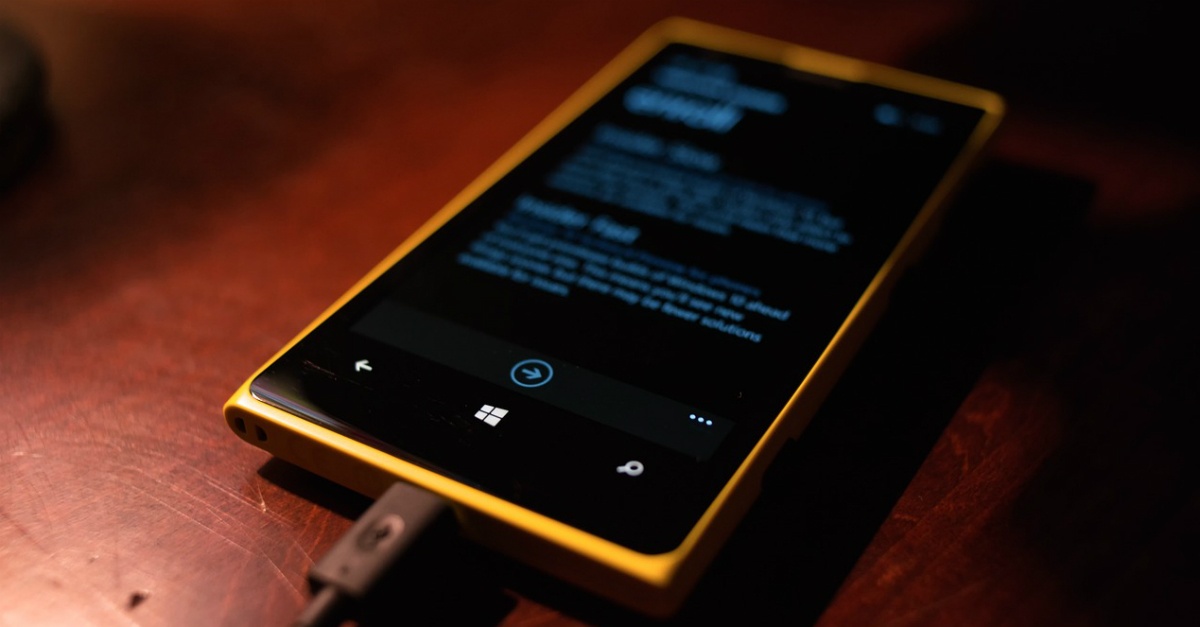Getting the Full Potential from Your Smartphone

As the number of mobile phone users in the world is expected to pass the five billion mark by 2019, manufacturers are continually looking for ways to enhance smartphone usage. Even with larger devices, smartphones, and tablet computers for that matter, are often used for content consumption rather than content creation. I suspect that many of us struggle with accurately creating long or detailed documents or emails on our smartphones. The concept of “docking” your smartphone like you would a laptop computer has been around for some time. As more mobility features have been introduced into computing over the last few years the options are better than ever to turn your smartphone into a true desktop PC experience.
Enhancement Not Replacement
As much as this sounds like a potential PC replacement option, I would still view this as an enhancement to your smartphone. When docked, software is used to allow the use of an external monitor and applications can be opened in multiple separate windows. A mouse, keyboard and Ethernet cable can be added for additional productivity. Smartphones are not as powerful as PCs and the applications designed for smartphones will not work the same way. Also, only certain applications may work in a full-screen window. Given that these docking options still require a monitor, keyboard and mouse, I would suspect that most users will use them as a supplemental workstation, alongside a more traditional PC. With prices lower than $100 in some cases this may still be an attractive solution for workers on the go.
Future Applications
As I mentioned before, smartphone docks have come a long way in the last 5 years. Applications are continuing to improve, and usability is very acceptable. It appears that soon more and more users will have a smartphone as their only device. Smartphone docks will help make this transition an easier one. I plan to give one of these solutions a try but also plan on keeping my laptop.

